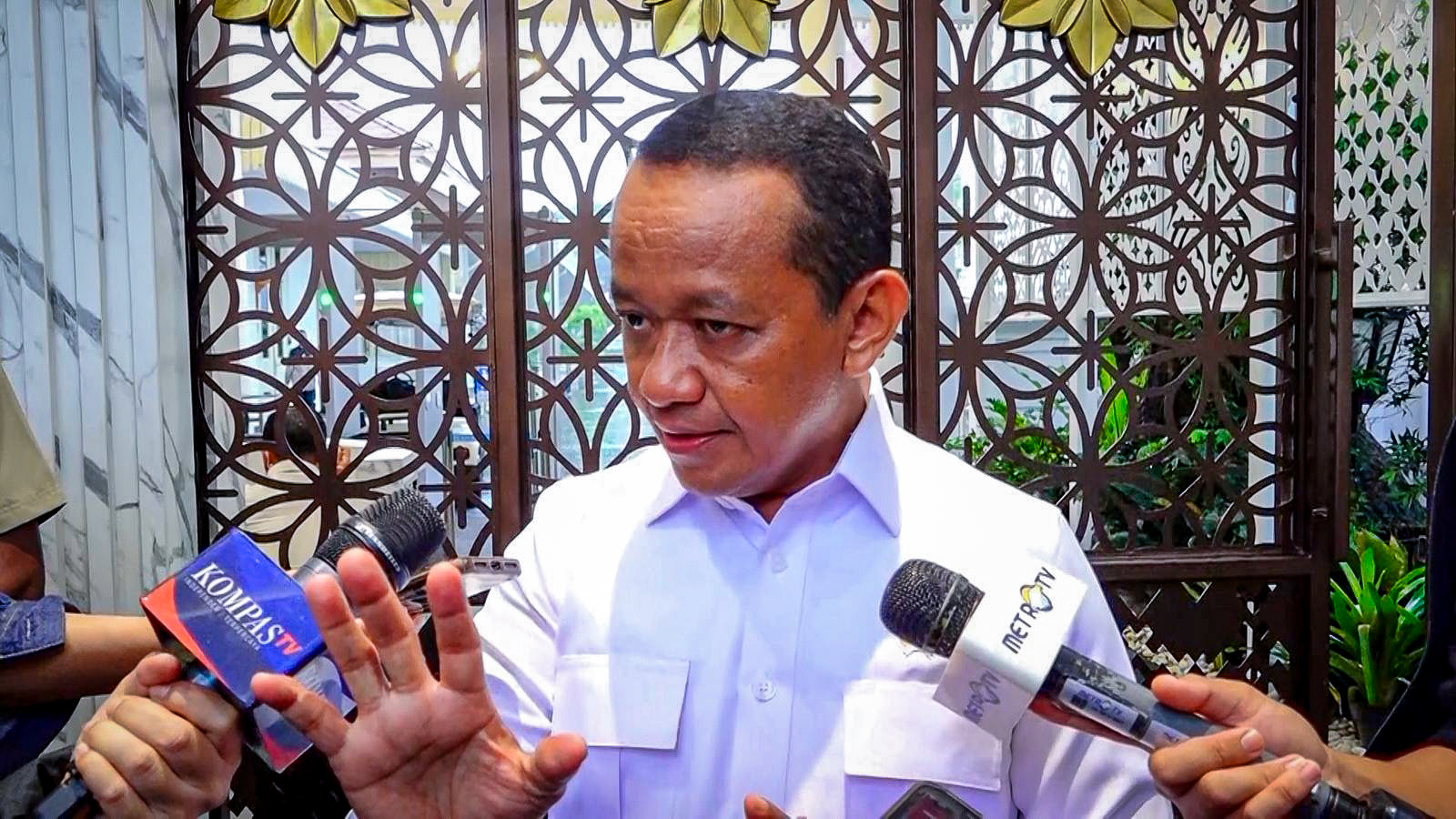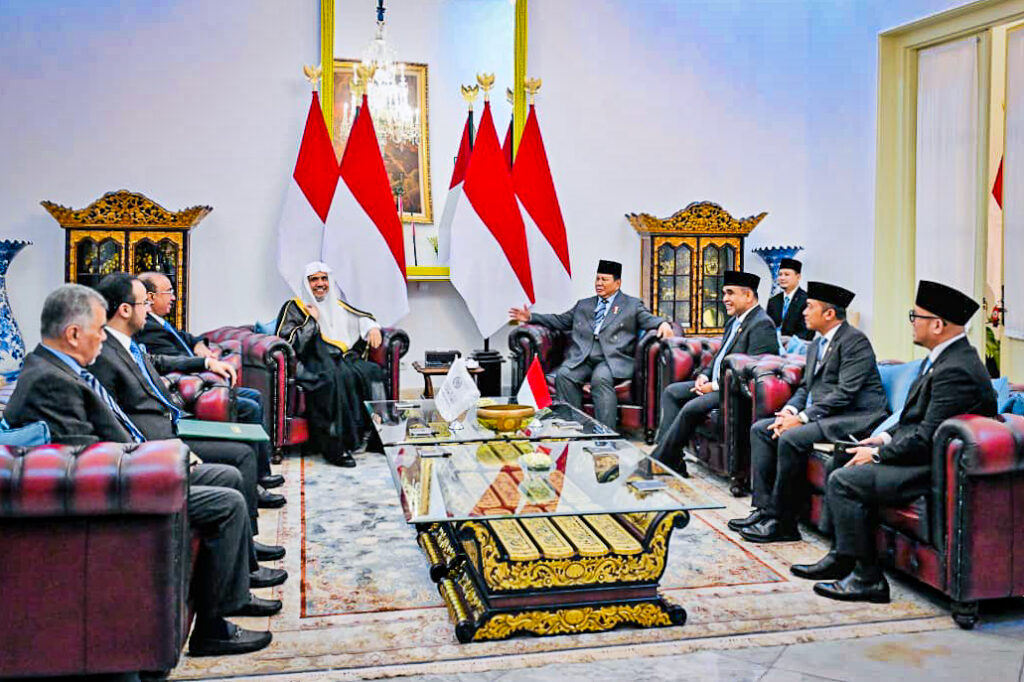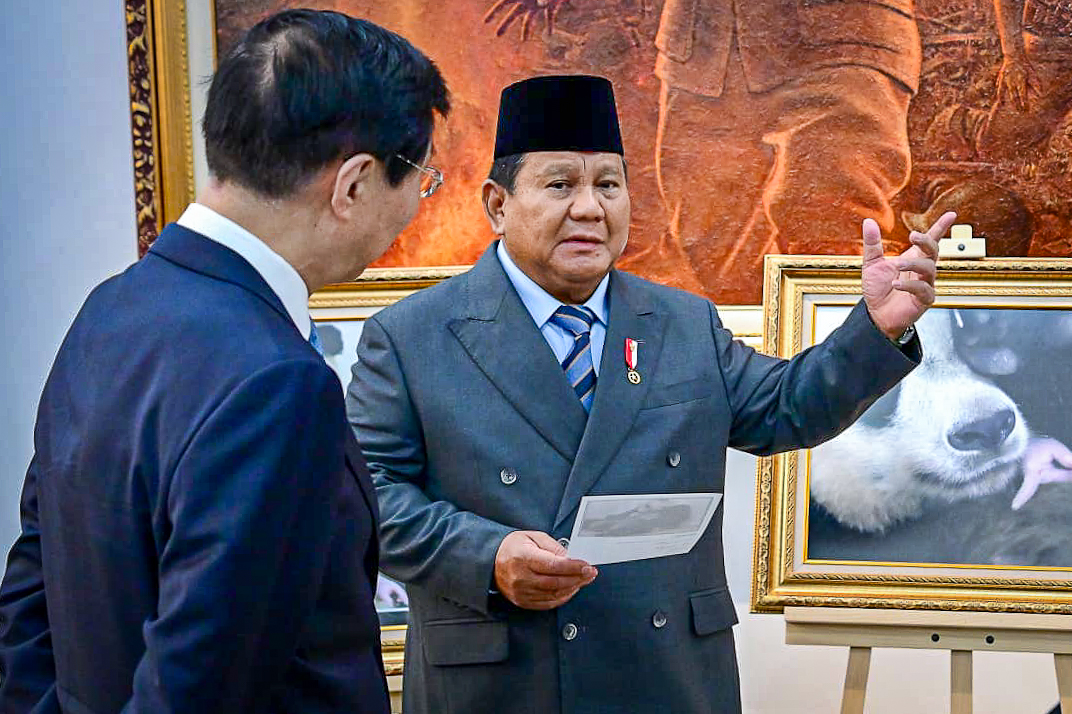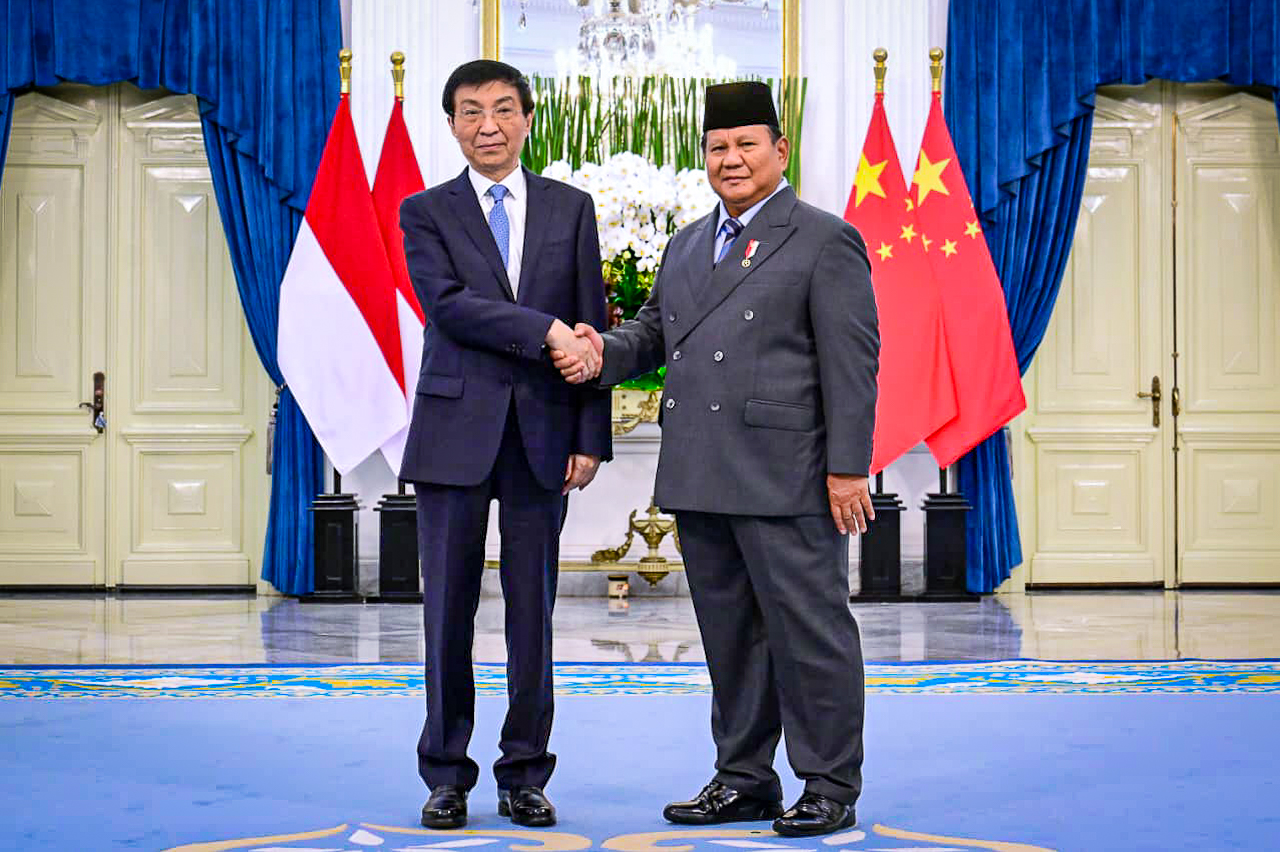Trade Ministry: Indonesia Experiences US$2 Billion Trade Surplus in February
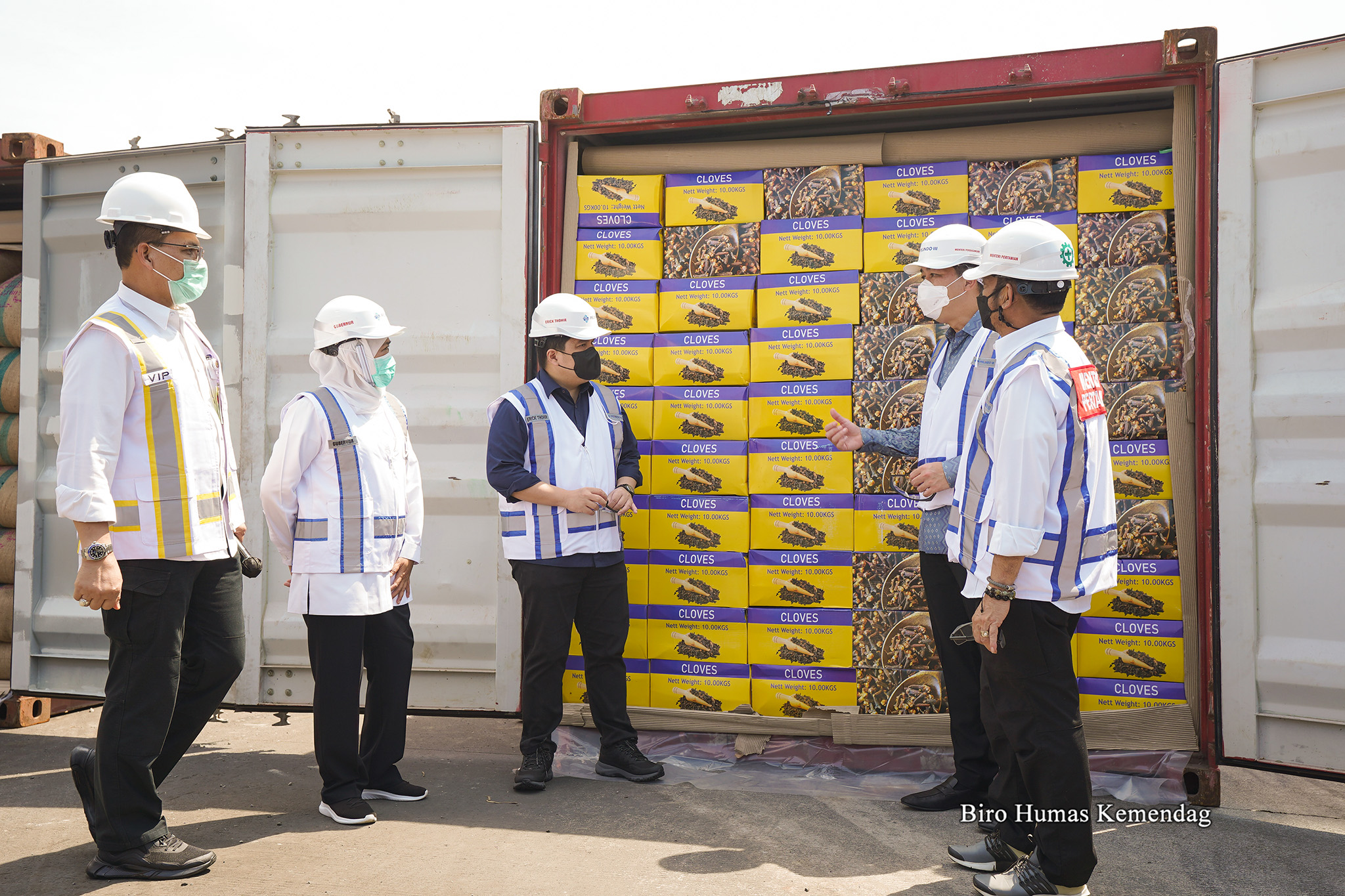
Minister of Trade Muhammad Lutfi, Minister of Agriculture Syahrul Yasin Limpo, Minister of State-Owned Enterprises Erick Thorir, and Governor of East Java Khofifah Indar Parawansa released agriculture commodities for export market, at Teluk Lamong, Surabaya, East Java, Friday, (12/03). (Photo by: PR of Ministry of Trade)
Indonesia’s trade balance experienced a surplus of US$2 billion in February 2021 and continued the monthly positive trend that occurred since May 2020, Minister of Trade Muhammad Lutfi has said.
The trade surplus was contributed by a non-oil and gas balance surplus of US$ 2.44 billion and an oil and gas balance deficit of US$ 0.44 billion.
Commodities contributing to the surplus include mineral fuels, animal/vegetable fats and oils, iron and steel, rubber and rubber products, and footwear. Meanwhile, Indonesia’s main trading partner countries, such as the US, Philippines, India, Malaysia and the Netherlands contributed the largest non-oil and gas surplus during February 2021, reaching US$2.6 billion.
“Indonesia’s trade balance surplus in February 2021 was better than the February 2019 period which experienced a surplus of US$ 0.32 billion, though it was lower than February 2020. In addition, the surplus in February 2021 showed an improvement in the trade balance due to a higher increase in exports, compared to imports,” the Minister said.
Cumulatively, the Minister added, the trade balance for January-February 2021 experienced a surplus of US$3.96 billion, exceeding the trade surplus for the January-February 2020 period which only reached US$1.88 billion. The trade surplus in the non-oil and gas sector of US$ 5.08 billion in January-February was able to cover the oil and gas trade deficit that reached US$ 1.11 billion.
Meanwhile, Indonesia’s export performance in February 2021 reached US$ 15.27 billion, increased by 8.56% over the same month in the previous year (year-on-year/YoY). This is due to an increase of 8.67% in non-oil and gas exports in February 2021. In fact, the value of non-oil and gas exports in February 2021 was higher than the same period in the last 12 years.
However, export performance in February 2021 was corrected by 0.19% when compared to that of January 2021 (month-over-month/MoM). This decrease was due to a 2.63% decline in oil and gas exports (MoM) and a 0.04% decline in non-oil and gas exports (MoM).
“Even though the export performance in February 2021 has contracted, there are several Indonesian non-oil and gas export products that have experienced a significant increase because they are still supported by the increase in international commodity prices. Export products that have experienced an increase in international prices are plantation commodities such as palm oil, rubber and rubber products, as well as mining commodities such as tin and copper,” Lutfi said.
Indonesia’s non-oil and gas exports to emerging markets and developing economies, the Minister stated, also experienced significant growth.
“In February 2021, non-oil and gas exports to Central Asia region increased by 84.29% (MoM), Central America by 39.05% (MoM), and West Asia by 37.04% (MoM). This condition shows that the non-oil and gas export market has started to diversify,” Lutfi stated.
Furthermore, the Minister revealed that in the January-February 2021 period, exports of all sectors experienced an increase. The highest increase in exports occurred in the mining sector which escalated by 12.2% (YoY). It is followed by an increase in exports in the industrial sector by 10.3% and the agricultural sector by 8.8%. Meanwhile, exports in the oil and gas sector increased by 7.6%.
In addition, the overall increase in non-oil and gas exports during this period was also triggered by the increase in exports to the ten main countries. The highest increase in non-oil and gas exports occurred to the Chinese market with a growth of 50.5%, followed by Pakistan, which increased by 33.6%, and Australia by 32.3%. (PR of Ministry of Trade/UN) (FI/LW)





